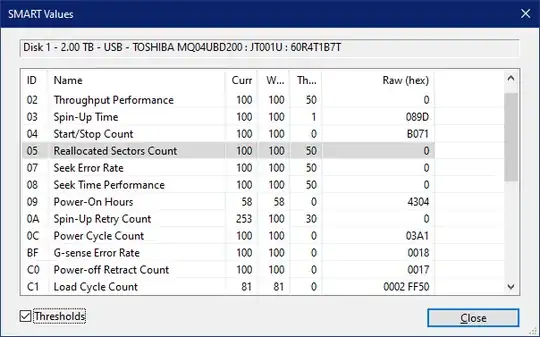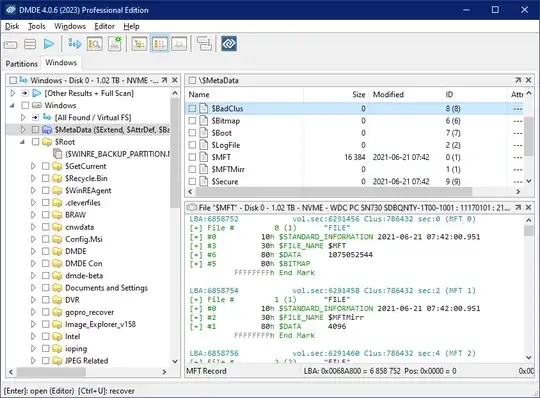Zero-Fill
No, you can not at the same time say a bad sector is 'fixed' and 'moved' to reserved space. Fact bad sectors are 'moved' (of course nothing is actually moved) means they can not be fundamentally fixed or repaired, the drive is merely hiding 'grown defects'. IOW, such defects are permanently hidden.
Such reallocated sectors are tracked in SMART attribute 05. The RAW value represents the actual number of reallocated sectors.

Full-Format
A 'full format' in itself means nothing if you do not also tell what you do the 'full format' with: So, what OS or utility are you using to perform a full format. Older Windows versions for example did a read-only scan to detect read issues and flag at the file system level, while newer Windows versions actually zero fill a volume when performing a full format. If the latter runs into a 'pending sector' it should trigger the drive itself to reallocate the sector.
IOW, a full format using a modern Windows version can achieve the same as a so called 'zero-fill', it is in fact a zero-fill, and can permanently hide defects (trigger reallocation).
Chkdsk
Chkdsk to my knowledge performs a read-only test. Unless the drive silently reallocates a sector on read, the cluster to which the sector belongs is marked bad at the file system level. For example FAT file systems keep track of bad clusters in the file allocation table(s), NTFS maintains a list in the $BADCLUS file.

Of course chkdsk disk needs to write to the drive to update file system meta data, but the surface scan itself is read-only. Chkdsk can be requested to re-evaluate bad clusters, so re-read them and remove them from a bad cluster list and put them back in use in case there are no read issues (for example due to bad sectors being reallocated).
With regards to 'Low Level Disk format', there is no such thing that can be performed outside the factory. Tools that pretend to perform a low level format type of thing simply write for example zeros to the drive.
How does sector reallocation work?
If you understand how drives reallocate sectors you can answer your own questions once you know what the utility you use actually does (read-only vs. read/write or write (zero-fill) scans).
First of all we assume a drive keeps a pool of spare sectors outside LBA space. LBA space are the sectors we can actually address. Sector reallocation is map one sector from LBA space to non LBA space, while we map a spare sector from non LBA space to LBA space.
Conventional drives, spinning CMR drives typically maintain a fixed number of sectors, in number and location that they can use to remap bad sectors while drives that more dynamically map sectors, like SSDs or SMR drives could use any sector outside LBA space to remap a bad 'sector' (SSDs can not remap sectors, they need to remap so called erase blocks).
Conditions that can cause a drive to remap are:
Non-recovered write errors
When a write operation can not be completed after the Error Recovery Procedure (ERP) is fully carried out, the sector(s) are reallocated to a spare location.
Recovered read errors
When a read operation for a sector fails once and then is recovered at the specific ERP step, this sector of data is reallocated automatically.
Non-recovered read errors
When a read operation fails after a defined ERP (error recovery procedure) is fully carried out, a hard error is reported to the host system. This location is registered internally as a candidate for the reallocation.
IOW the drive will report a problem to user in this case!
You can observe such an event using a S.M.A.R.T. utility, in ‘pending sectors’ attribute.
When a registered location is specified as a target of a write operation, a sequence of media verifications is performed automatically. When the result of this verification meets the criteria, this sector is reallocated.
In this case the SMART pending raw value drops, reallocated value increases.
IOW, you can now answer your own question ..
For example, a full format using a more recent Windows version will cause non recovered write errors and pending sectors to be reallocated as it zero fills a volume prior to format, while a read-only type full format (using pre-Vista Windows versions) will not.
But none of te methods will truly fix or repair bad sectors.

